In the process of hot foil slitting, reducing waste loss and achieving energy-saving slitting are the keys to improve production efficiency and reduce costs. As a high value-added material (often used in packaging, labeling, printing and other industries), the slitting accuracy and material utilization rate of hot stamping foil directly affect corporate profits. The following are the energy-saving slitting technology and waste control strategies of the hot foil slitting machine:
1. The main source of waste loss
1. Slitting deviation: due to uneven tension or tool wear, edge burrs, skew, need to be trimmed twice.
2. Splice loss: splicing waste when replacing coil material (traditional process loss can reach 0.5~1 m/roll).
3. Slitting allowance: The slitting width design is unreasonable or the knife row is unscientific, resulting in too much edge material.
4. Start-stop loss: Waste material generated by tension fluctuations during the acceleration/deceleration phase of the equipment.
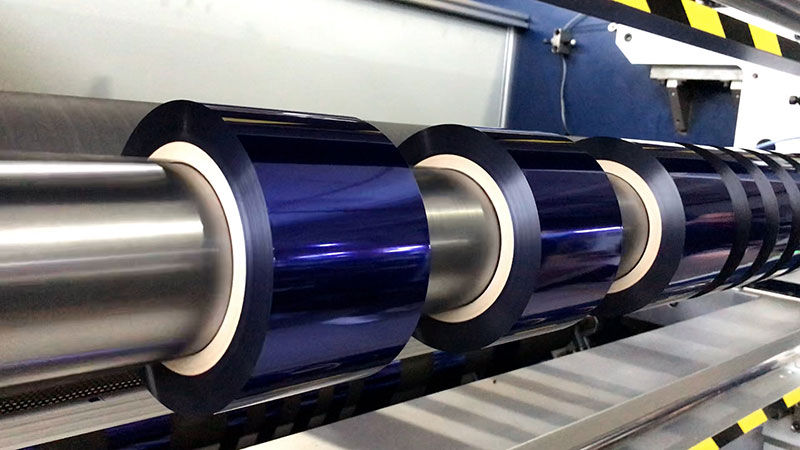
2. Energy-saving slitting technology
1. High-precision slitting control
• Servo guiding system
◦ The photoelectric sensor or CCD camera is used to monitor the edge position of the hot stamping foil in real time, and the transverse position of the coil is dynamically adjusted by servo motor (accuracy ±0.1mm) to avoid the waste caused by cutting deviation.
◦ Application scenario: ultra-thin gold foil (thickness < 20 μm) or narrow slitting (width < 5mm)。
• Nano-scale slitting tools
◦ Use diamond-coated or ceramic tools to reduce tool wear (more than 3 times longer life), keep the cut flat, and reduce burr waste.
2. Intelligent tension control
• Closed-loop tension system
◦ Through the magnetic particle brake/servo drive + tension sensor, the constant tension control of the whole process of unwinding, slitting and winding can be realized (fluctuation < 1%), to avoid tensile deformation or wrinkles of the material.
◦ Energy-saving effect: reduce the material fracture caused by excessive tension, and reduce energy consumption by 15%~20%.
• Piecewise tension curves
◦ Automatically adjust the tension according to the change of the roll diameter (such as low tension anti-deformation at the beginning of winding, high tension anti-loosening at the end of the winding), and adapt to different materials (PET foil, transfer foil, etc.).
3. Waste-free splicing technology
• Ultrasonic welding/laser foiling
◦ Instantaneous welding of old and new rolls by ultrasonic or laser during roll changes, eliminating the need for tape or mechanical splices, eliminating traditional splice waste.
◦ Applicable material: suitable for high-temperature hot stamping foil (such as anodized aluminum).
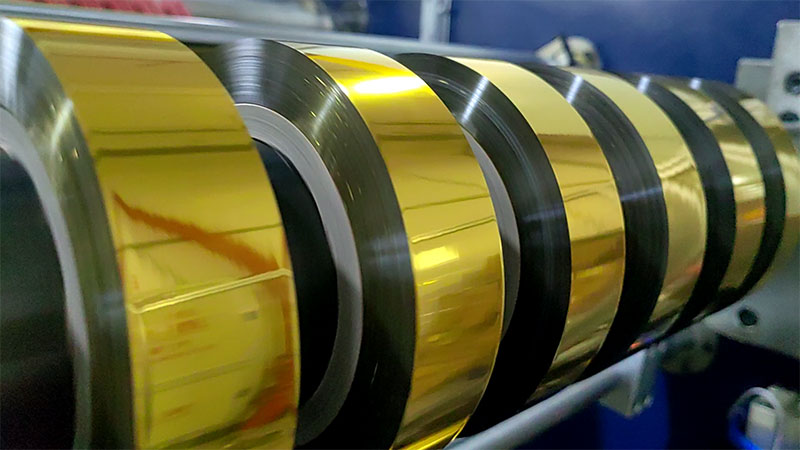
4. Optimize the slitting knife and path
• Intelligent knife arrangement algorithm
◦ The software automatically calculates the optimal slitting width combination (taking into account the order demand and the web width) to maximize the material utilization rate (up to more than 98%).
◦ Case: 1500mm wide original roll is slitted into 10mm× 100 strips + 5mm × 100 strips, and only 2mm of offedge material remains.
• Dynamic slitting adjustment
◦ Detects foil foil defects (e.g. bubbles, scratches), automatically skips defective areas and re-plans the slitting path to reduce defective scrap.
5. Energy-saving drive and energy recovery
• Variable frequency drive technology
◦ The slitting spindle adopts a variable frequency motor, which adjusts the power according to the load demand, which is 30% more energy-saving than the traditional motor.
• Brake energy feedback
◦ Converts kinetic energy during deceleration and braking into electrical energy and feeds back into the grid (e.g. ABB regenerative drive system).
3. Auxiliary measures to reduce waste
1. Pre-slitting quality inspection
◦ Detect the thickness and surface gloss of hot stamping foil online, and eliminate unqualified areas in advance.
2. Core adaptation technology
◦ Adjustable inflatable shaft is used to adapt to different inner diameter cores (e.g. 3 inches/6 inches) to reduce core adaptation waste.
3. Online recycling of waste edges
◦ The slitted edge material is directly recycled to the pulverizer through the negative pressure suction nozzle to realize the immediate reuse of the edge material.
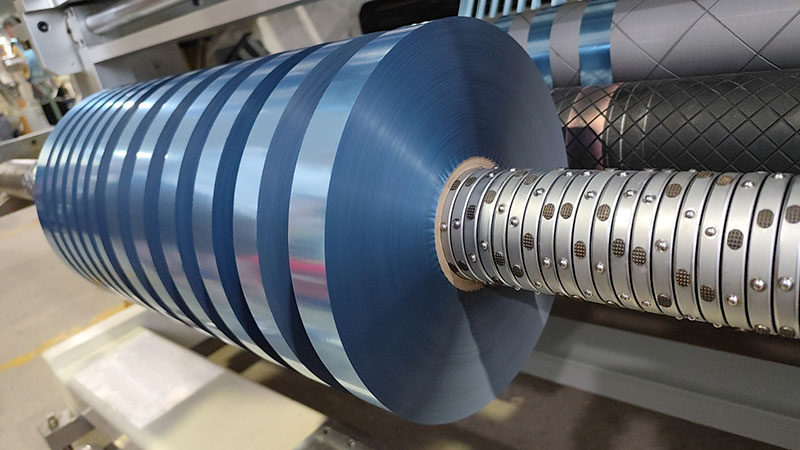
Fourth, the comparison of economic benefits
| Technical solutions | Scrap rate (conventional → optimized) | Energy savings |
| Servo guidance | 5%→1% | — |
| Ultrasonic connectors | 1m/roll→0m | — |
| Variable frequency drive | — | 30% reduction in energy consumption |
| Intelligent knife arrangement | Offcuts 8% → 2% | — |
5. Future trends
1. AI predictive maintenance: Predict tool life with vibration and temperature data to avoid sudden wear and tear leading to batch scrap.
2. Digital twin slitting: Virtually simulate the slitting process and optimize the parameter combination in advance.
3. Green material adaptation: develop degradable bronzing foil to reduce the pressure of waste environmental protection.
Through the comprehensive application of the above technologies, the hot stamping foil slitting machine can achieve the scrap rate from the industry average of 5%~8% to 1%~2%, while reducing the energy consumption by 20%~30%. When selecting the model, enterprises need to select the matching functional modules according to their own product characteristics (such as foil thickness and order batch), and give priority to models with closed-loop tension and intelligent knife arrangement.



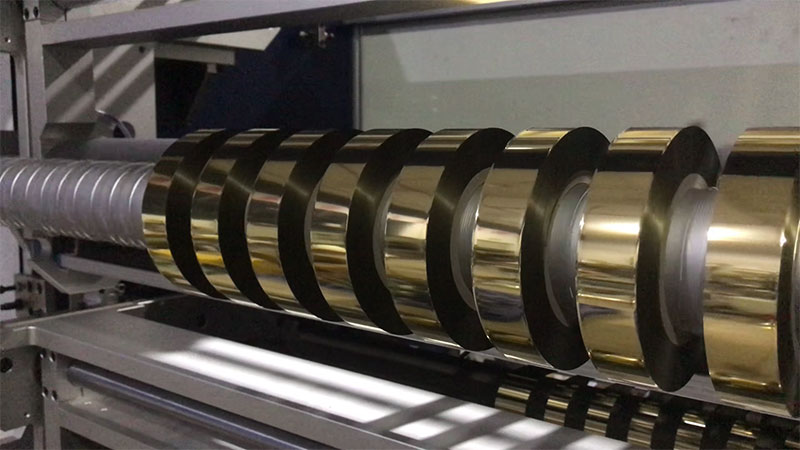
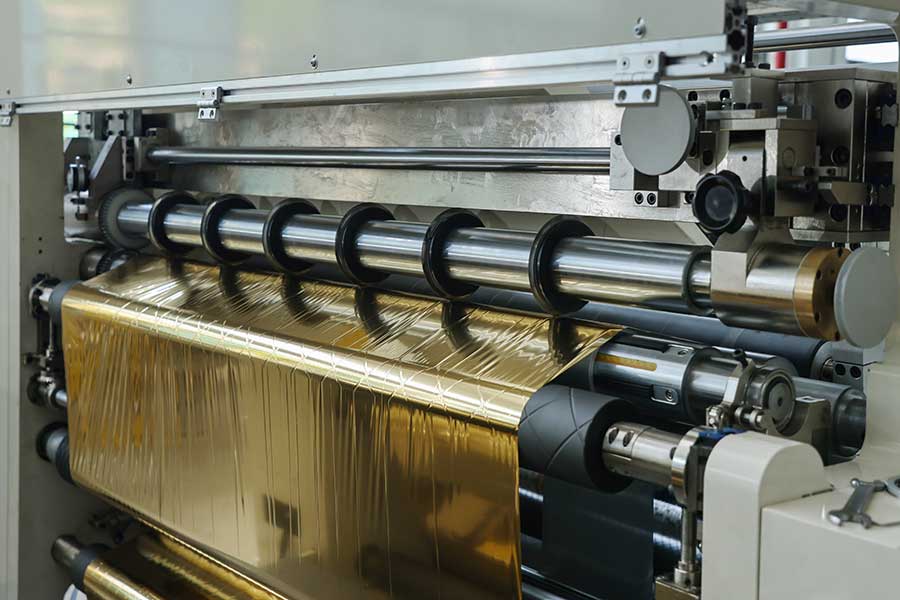
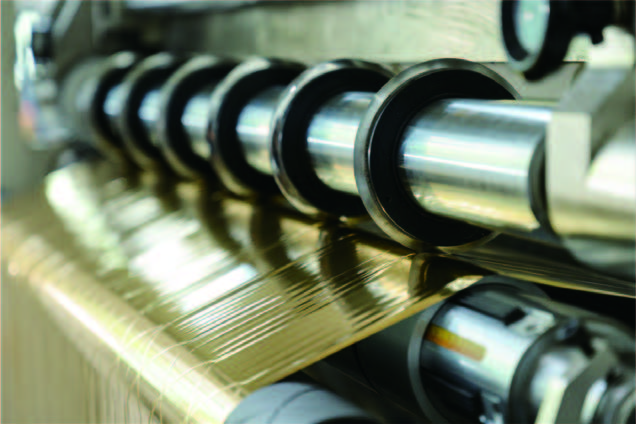
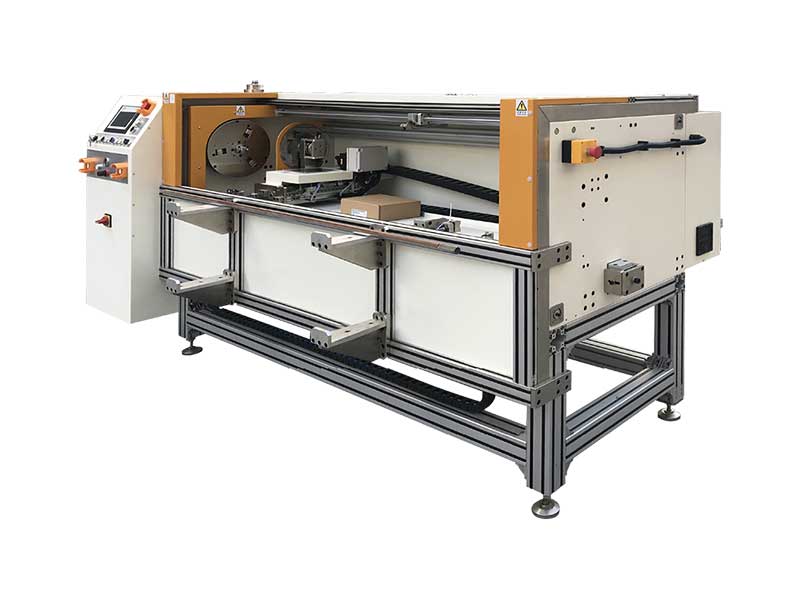 Automatic Foil Roll Cutting Machine
Automatic Foil Roll Cutting Machine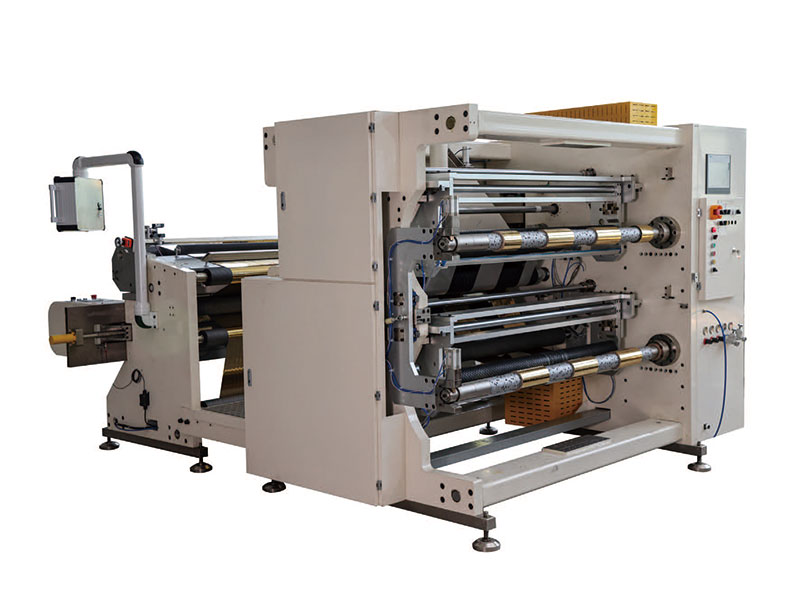 1400mm Hot Stamping Foil Slitting Machine
1400mm Hot Stamping Foil Slitting Machine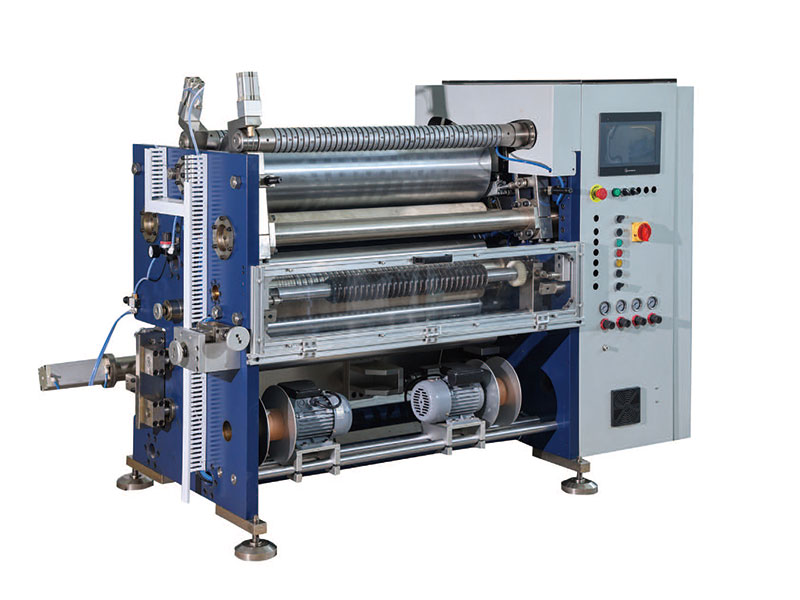 800mm Hot Stamping Foil Slitting Machine
800mm Hot Stamping Foil Slitting Machine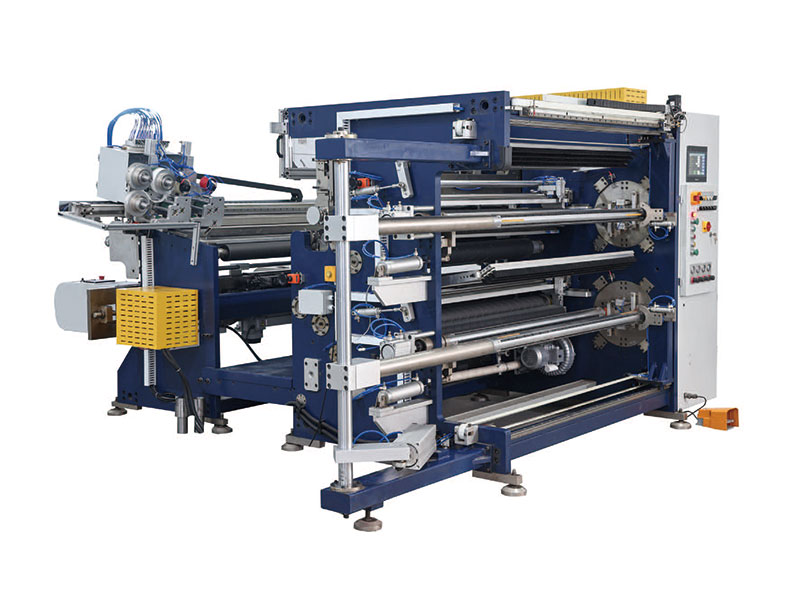 1350mm Hot Stamping Foil Slitting Machine
1350mm Hot Stamping Foil Slitting Machine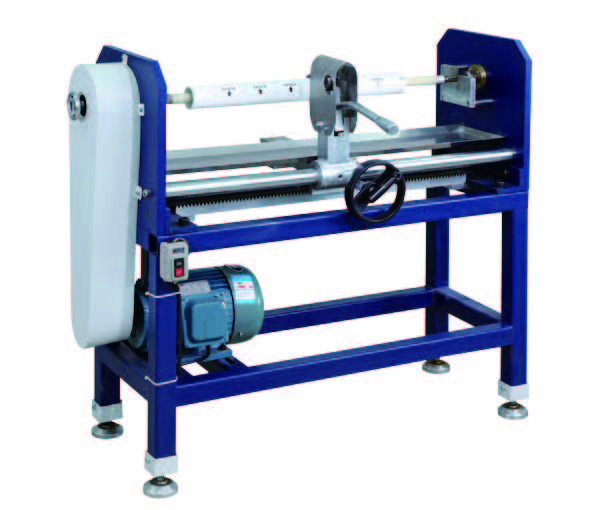 Manual Foil Roll Cutting Machine
Manual Foil Roll Cutting Machine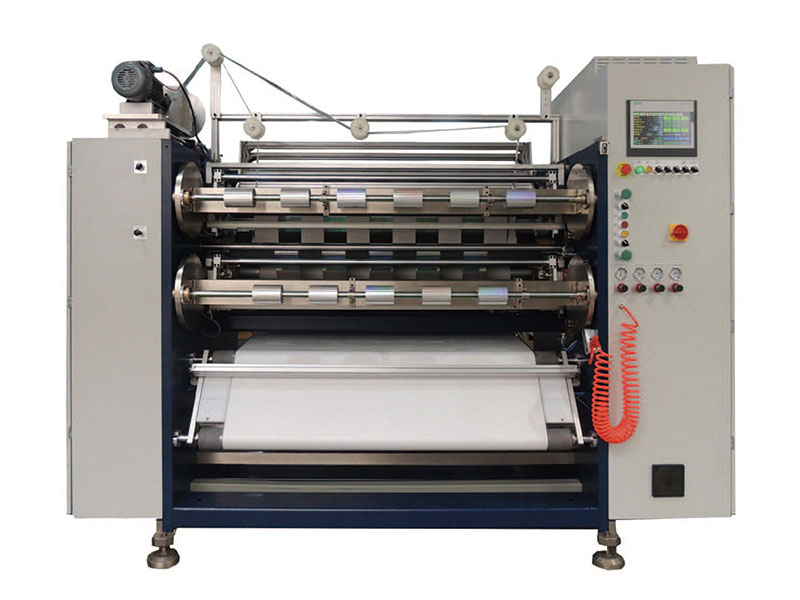 1350mm/1600 Foil Slitting Machine
1350mm/1600 Foil Slitting Machine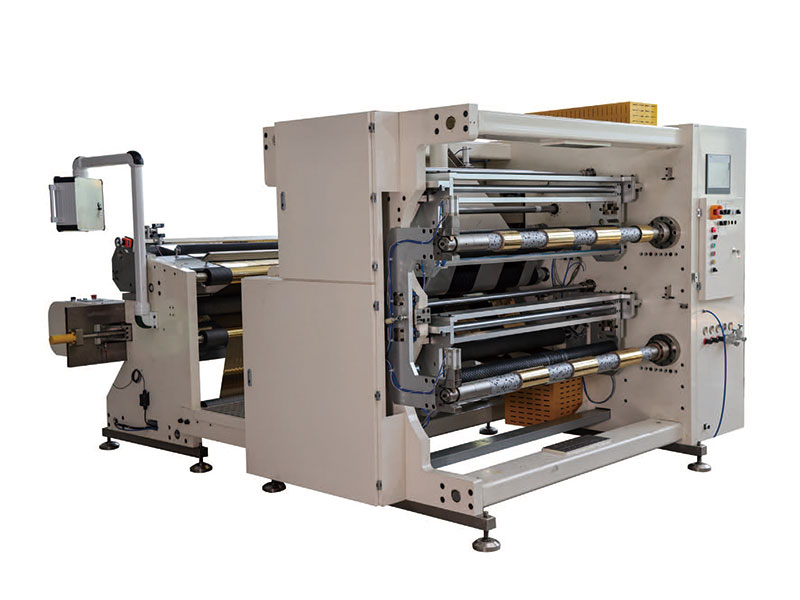 1400mm Copper Foil Slitting Machine
1400mm Copper Foil Slitting Machine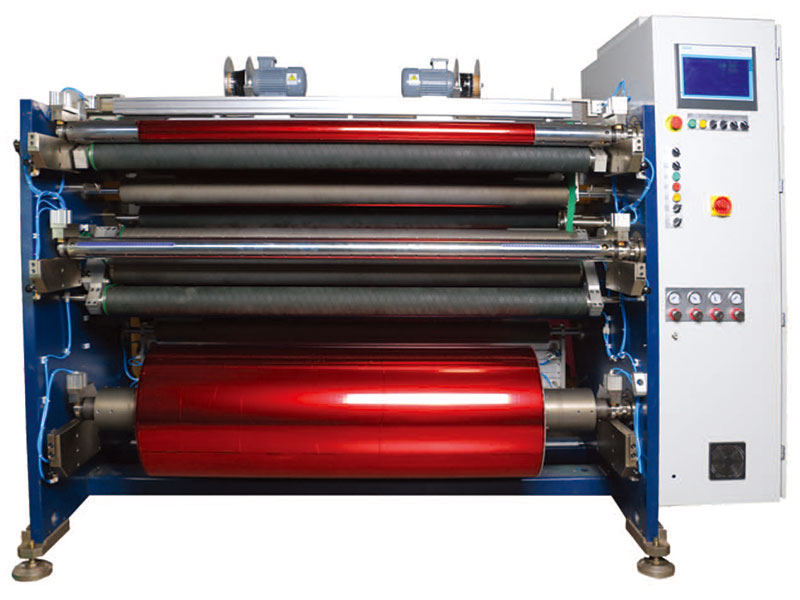 1600mm Foil Slitting Machine
1600mm Foil Slitting Machine

